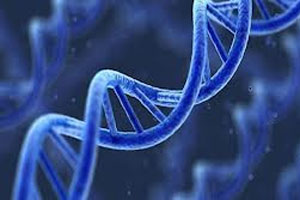Improved feed efficiency by using DNA tools

Efficient use of feed resources has become a clear challenge for the US pork industry as feed costs continue to be the largest variable expense. Knowledge of the genes associated with these traits is therefore welcome.
The current study, done by North Caroline State University and Smithfield Premium Genetics, aimed at identifying genomic regions associated with variation in feed efficiency and several production traits in a Duroc terminal sire population, including ADFI, ADG, feed conversion ratio, residual feed intake (RFI), real-time ultrasound back fat thickness (BF), ultrasound muscle depth, intramuscular fat content (IMF), birth weight (BW at birth), and weaning weight (BW at weaning).
The researchers used the Illumina Porcine60K BeadChip, a tool for whole-genome association studies to identify chromosomal regions in the porcine genome. It is a tool to identify genes or quantitative trait loci (QTLs) that are influencing growth and feed efficiency traits in pigs.
In this study, single trait association analyses were performed and the researchers identified several genomic regions associated with traits affecting nutrient utilisation that could be considered for future genomic prediction to improve feed utilisation.
The full study has been published in the July edition of the Journal of Animal Science.











